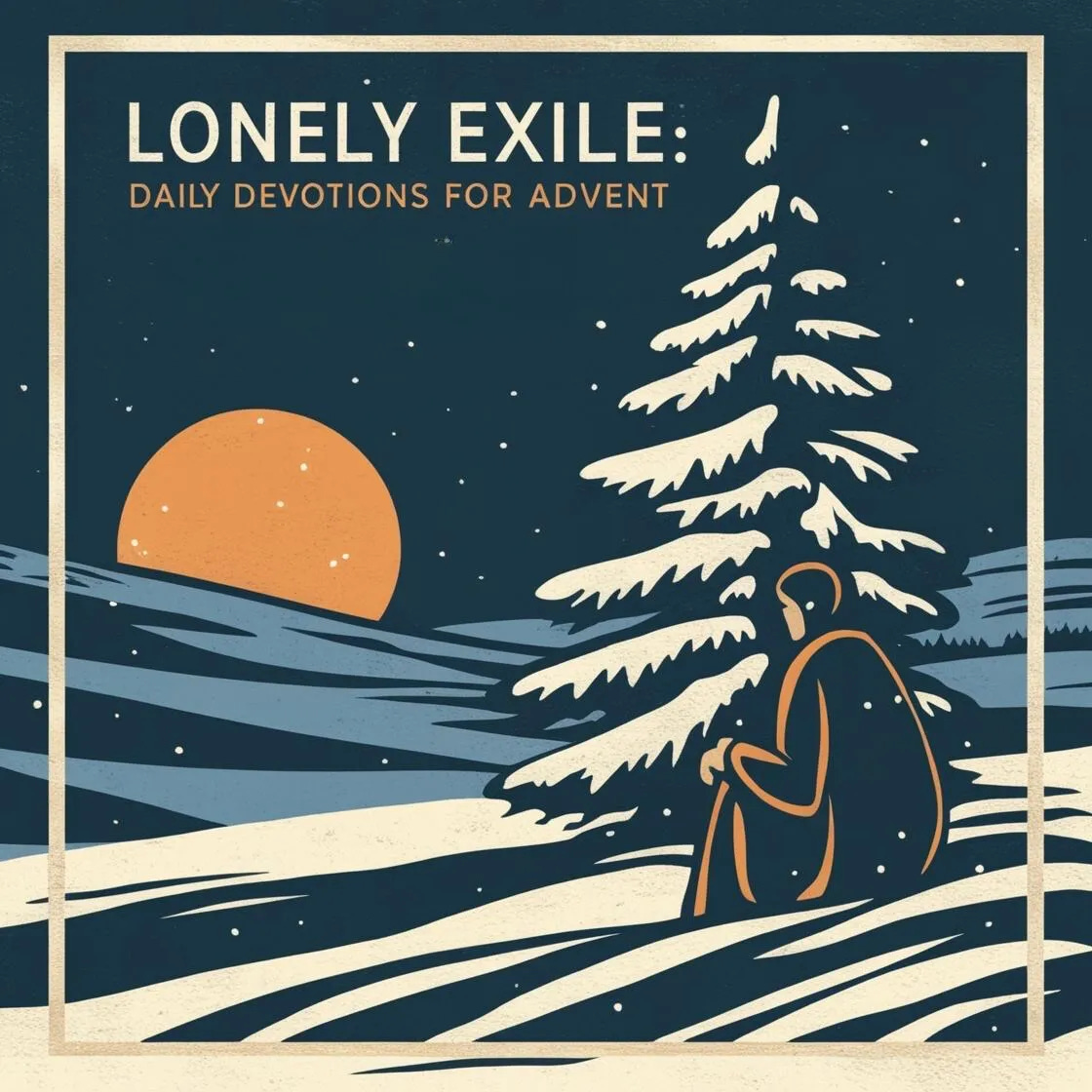Lonely Exile: A Daily Advent Devotional
Part Eleven: Closing the Gap
“Put simply, we are to participate with God in bringing about the world promised by Christmas. Rather than waiting for God to do it, we are to collaborate with God.” - Marcus Borg and John Dominic Crossan, The First Christmas
Read: Mark 1:1-8
Mark was the first of the four New Testament Gospels to be written, likely around that cataclysmic year of 70 CE. Matthew came next, a decade-ish later, and he was clearly aware of Mark. In fact, Matthew incorporated 90 percent of Mark into his Gospel, which is the equivalent of 600 of Mark’s 678 verses. All without citation, I might add. What is interesting is that it was Matthew, not Mark, that introduced into the Tradition the idea of Jesus’s birth as a significant event. For Mark the action began when Jesus came to John to be baptized.
In the opening lines Mark quotes a passage that he attributed to the prophet Isaiah, but that is not totally correct. The first lines about the “messenger who would be sent to prepare the way” come from the Book of Malachi, not Isaiah. Though the next couple of lines Mark quotes, about the “voice crying in the wilderness,” is from Isaiah 40. Notice the passage from Malachi that Mark references:
See, I am sending my messenger to prepare the way before me, and the Lord whom you seek will suddenly come to his temple. Malachi 3:1, NRSVue
The context of Malachi (Hebrew for “my messenger”) is helpful to understand how Mark is using the reference. The book comes from what is known as the post-exilic period, meaning the time after Judah had been allowed to return from their Exile, once the Persians had defeated Babylon and displaced it as the dominant power in the region. Cyrus the Great, the king of Persia, permitted their return home to their land and the rebuilding of the Temple that had been destroyed some seventy years earlier. Those that returned did so with a hopeful expectation that everything would be good again, like it used to be. That, however, was not the case.
As I mentioned in the Introduction to this series, they were back in the land, but the sense among the returnees was that God had not fully returned to the Temple. Something wasn’t quite right. That sentiment only deepened after the Persians fell to Alexander the Great, and then came one successive empire after another until Rome emerged onto the scene.
The same hope expressed in Malachi, that “the Lord whom you seek will suddenly come to his temple,” continued into Jesus’s day. They were still living in that sometimes excruciating gap between their hope and expectations on one hand, and their reality on the other. When would God return, and when would a world of justice and peace finally dawn? Mark sees the Jesus movement as the solution to that unrealized longing. Jesus, for Mark, embodies this return of God to Zion to bring justice and fulfillment.
Advent often finds us in a place of tension, a place where our reality is incongruent with our longings, hopes, and expectations. The invitation from Advent to us during such moments is to embrace the kind of patience that allows us to do one of the most difficult things a human can ever do: to wait. Not the kind of waiting that sits around passively, but an active waiting that creatively engages us and prepares us for the roles we will play. Advent calls us to a stubborn, resilient kind of hope that keeps us dreaming and participating in the work of closing that gap between the world we imagine and the world we inhabit.
Questions for Reflection:
Is there a place where you have or are experiencing that incongruence between your hope and your reality?
Take some time to be present to the feelings this tension raises.
What does active waiting—a kind of engaged, creative, readiness—look like in that context?


